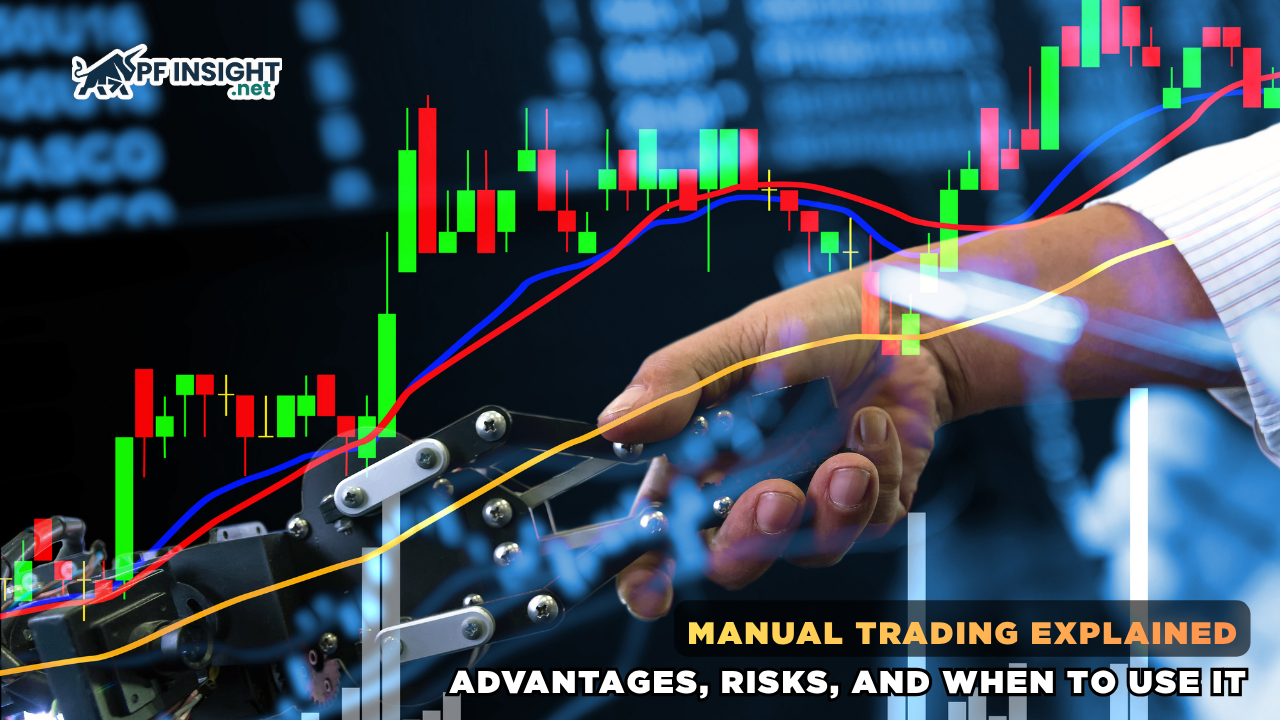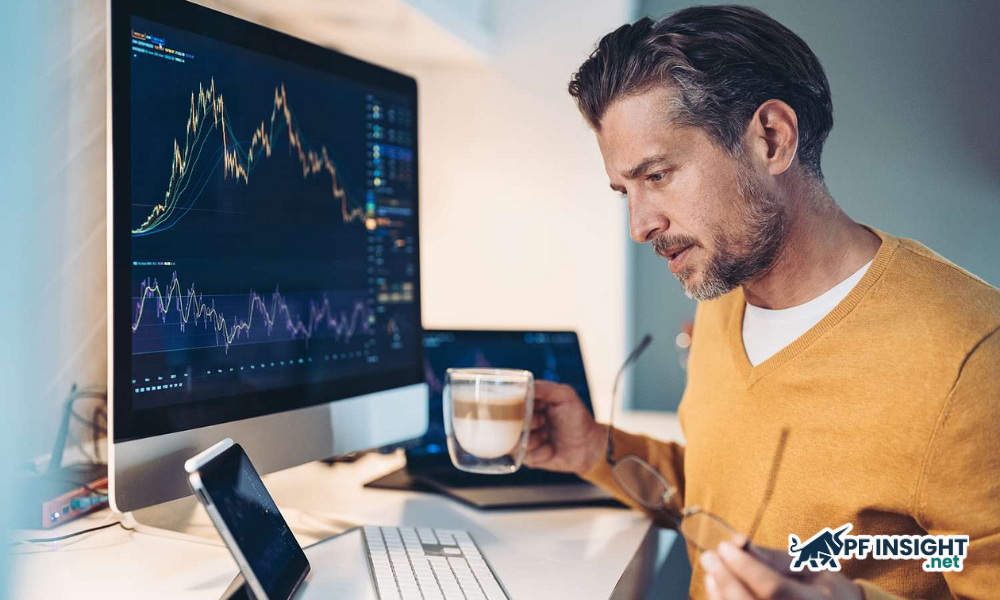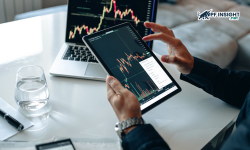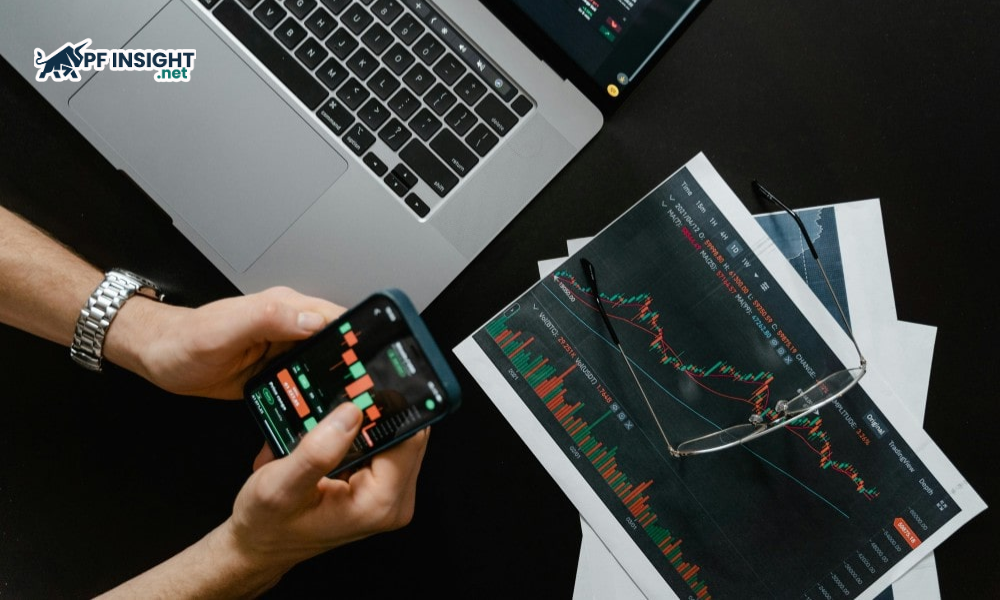In an era where trading systems dominate the markets, many believe that sitting in front of a screen and making manual decisions has become obsolete. However, in practice, manual trading – a strategy in which traders personally assess, carry out, and control risk remains essential, particularly for those who wish to fully comprehend the fundamentals of market behavior.
With manual trading, every decision comes directly from the trader observing price action, analyzing signals, and sensing market momentum. Complete control and flexibility are provided by this strategy, but there are drawbacks as well, such as emotional strain, decision fatigue, and the ongoing need for discipline.
In this article, Pfinsight.net will help you understand what manual trading is, explore its advantages and risks, and most importantly, know when to use it to fully harness the power of human decision-making in an increasingly automated world.
- What is hybrid trade and how to use it in different markets
- How to create an MT4 trading system that actually performs in live markets
- Copy trading restrictions: Hidden rules every trader must understand
What is manual trading?
Manual trading is the process of buying and selling financial assets such as stocks, currencies, or commodities where every decision, from market analysis to order execution, is made manually by the trader. Unlike automated trading systems, which rely on predefined algorithms, manual trading depends on the trader’s experience, intuition, and analytical skills.
The procedure is simple: the trader uses platforms like MetaTrader 4 (MT4) or MetaTrader 5 (MT5) to manually execute trades while keeping an eye on charts, analyzing price activity, and determining entry and exit locations based on their own strategy.
Compared to automated systems, manual trading offers greater flexibility and personalization. While robots strictly follow coded rules, a human trader can adapt strategies in real time as market conditions shift. Although it requires more time, focus, and emotional control, manual trading provides the advantage of making informed, context-based decisions, allowing traders to maintain full control over their investments.
Advantages of manual trading
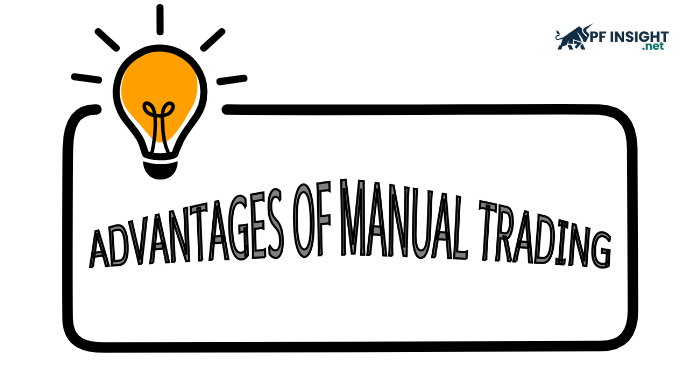
Manual trading carries a set of unique characteristics that distinguish it from algorithmic or automated trading. Although it requires more time, effort, and focus, many professional traders still favor manual trading because of the following advantages:
Full control
Instead of using preprogrammed signals, you base your decisions on the current state of the market.
When conditions change, you may respond quickly with manual trading, making sure that every action is in line with your own assessment of the market.
Flexibility and adaptability
The financial markets are ever-evolving. Manual trading allows you to adjust strategies on the spot; for example, closing a trade early when unexpected news impacts price direction.
Enhanced analytical skills
You regularly hone critical trading skills like chart reading, trade management, and pattern recognition all fundamental competencies of a consistently profitable trader – by depending on your own judgment rather than automation.
No technical failure risks
Unlike trading bots, manual trading shields you from system bugs, server crashes, or connectivity issues that can disrupt automated trades.
Risks and limitations of manual trading
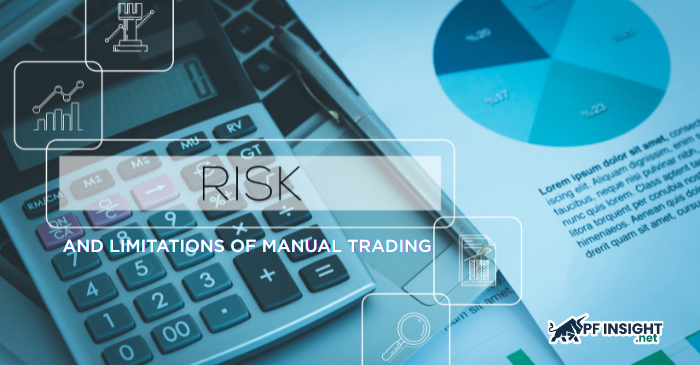
Every trader should be aware of the following limits of manual trading in addition to its benefits:
Emotion-driven decisions
Manual traders are highly vulnerable to emotions such as FOMO (fear of missing out) or panic-selling.
These emotional reactions can lead to inconsistent results and poor decision-making under pressure.
Time-consuming process
Active decision-making and continuous market monitoring are necessary for manual trading.
It becomes challenging to sustain regular performance if you are unable to set aside specific hours each day, particularly in unpredictable markets.
Human error risk
Hundreds of dollars can be lost in a matter of minutes due to a single misclick, missed order, or forgotten stop-loss.
Manual execution allows for expensive errors, in contrast to automated methods.
Inconsistent performance
Results in manual trading often depend on a trader’s mental state, focus, and discipline.
When fatigue or stress sets in, performance tends to drop, leading to missed opportunities or overtrading.
When to choose manual trading
While manual trading might not always be the best option, there are some circumstances in which it clearly outperforms automatic systems:
When you want full control over every trade
Manual trading allows you to react quickly to news events, market volatility, or unexpected developments things that trading bots often struggle to interpret or adapt to in real time.
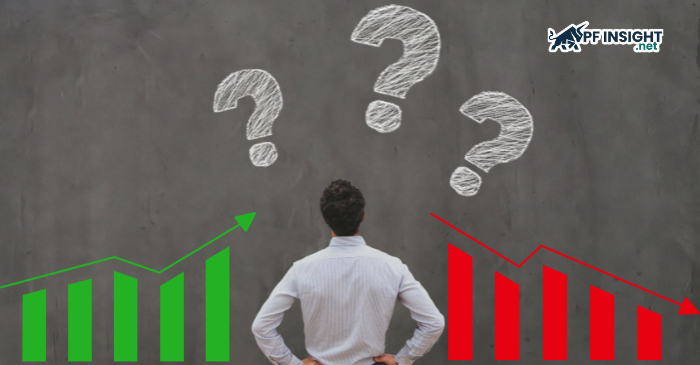
During periods of high volatility
When the market moves fast, automated systems may suffer from execution delays or incorrect reactions.
In contrast, a human trader can decide to enter or exit instantly, avoiding slippage and taking advantage of short-term movements.
When you’re building trading skills
For beginners, manual trading is the best way to understand market behavior, price action, and risk management.
It helps you build the foundation needed to later design or supervise automated strategies effectively.
When flexibility in strategy is required
Manual trading gives you the ability to combine multiple factors such as fundamental news, price behavior, and market sentiment to make more well-rounded, context-aware decisions.
Manual trading strategies
Even though human judgment plays a major role in manual trading, discipline and consistency require an organized approach.
Professional traders frequently employ the following well-liked manual trading techniques to attain consistent performance:
Price Action Trading
This is the core method of manual trading. Traders observe candlestick patterns, support/resistance zones, trendlines, and volume to determine precise entry and exit points.
- Advantages: Doesn’t rely on indicators; provides clear, visually intuitive signals.
- Disadvantages: Requires strong chart-reading skills and quick reactions.
Moving Average Crossover
A simple yet highly effective strategy for manual traders. When a short-term MA (e.g., MA20) crosses above a long-term MA (e.g., MA50), it generates a buy signal; the opposite indicates a sell.
- Advantages: Easy to apply; works well in trending markets.
- Disadvantages: Produces false signals in sideways or ranging markets.
Support and Resistance Breakout
This strategy focuses on identifying key price zones where breakouts occur.
Manual traders often confirm breakouts with volume or candlestick confirmation before entering.
- Advantages: Strong signals that often mark the beginning of new trends.
- Disadvantages: High risk of false breakouts if not properly confirmed.
News-Based Manual Trading
This strategy revolves around analyzing economic reports, financial statements, or political events to anticipate price movements.
- Advantages: Can generate quick profits if news is interpreted correctly.
- Disadvantages: High risk; spreads can widen significantly during major announcements.
Hybrid Manual Trading
A rising trend in 2025 Semi-automated trading combines human control with automated tools.
Traders use bots or indicators to detect signals, but entry, exit, and stop-loss decisions remain manual.
Conclusion
While technology continues to reshape the way we trade, manual trading still holds its unique value, offering control, flexibility, and a deep understanding of the market.
Although it might not be appropriate for everyone, manual trading offers a strong basis for dedicated and enthusiastic traders to improve their thinking, hone their abilities, and attain long-term sustainable profitability.
Consider manual trading as a basis for expansion rather than a constraint. A competent trader balances reason, discipline, and flexibility in every choice, knowing when to rely on human intuition and when to allow technology to improve performance.

